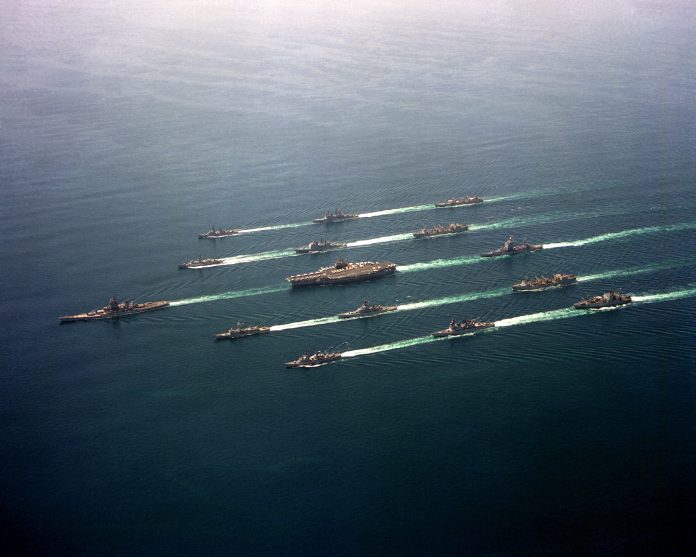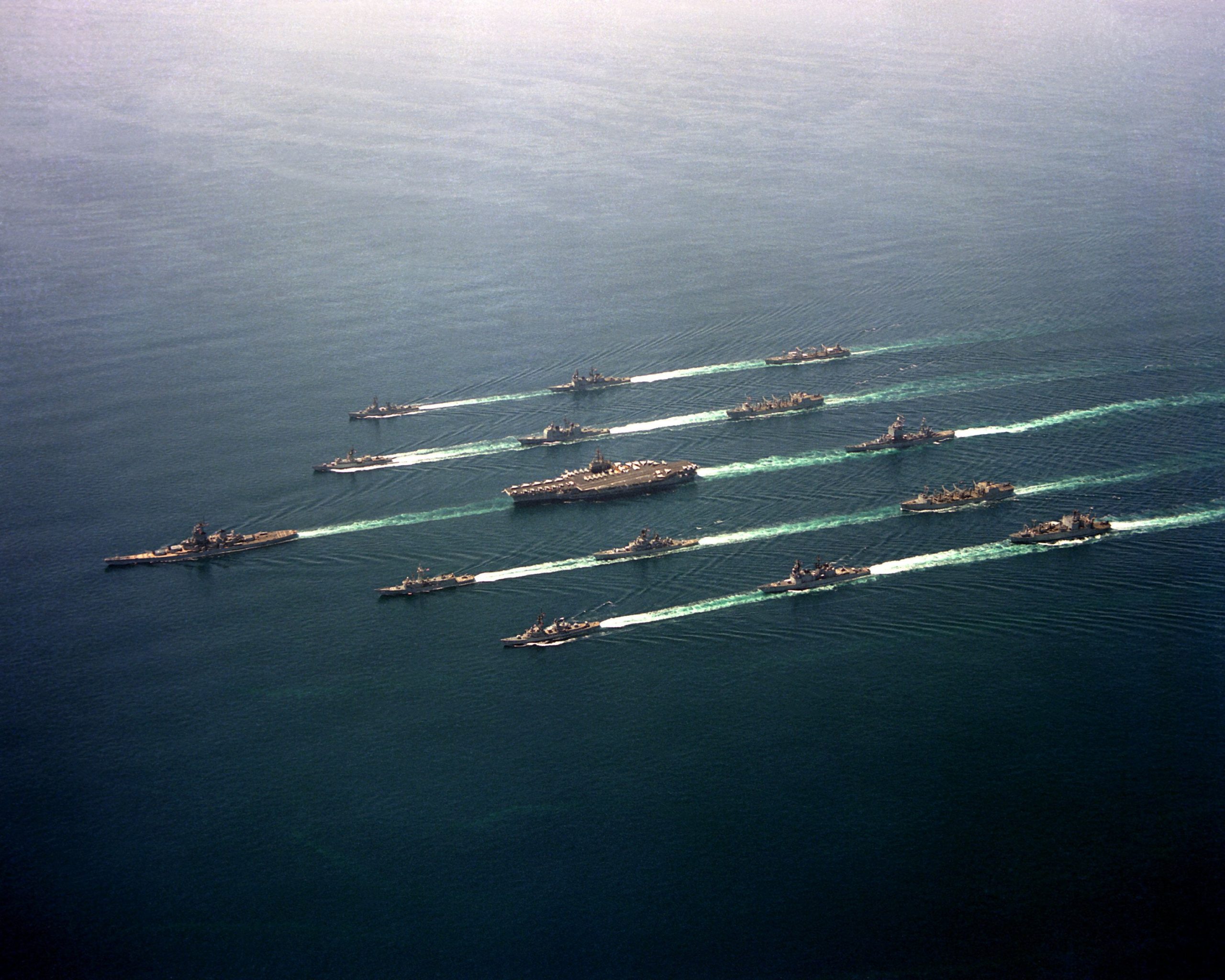
Naval strategy and the supremacy of fleet size have been critical in historical maritime conflicts.
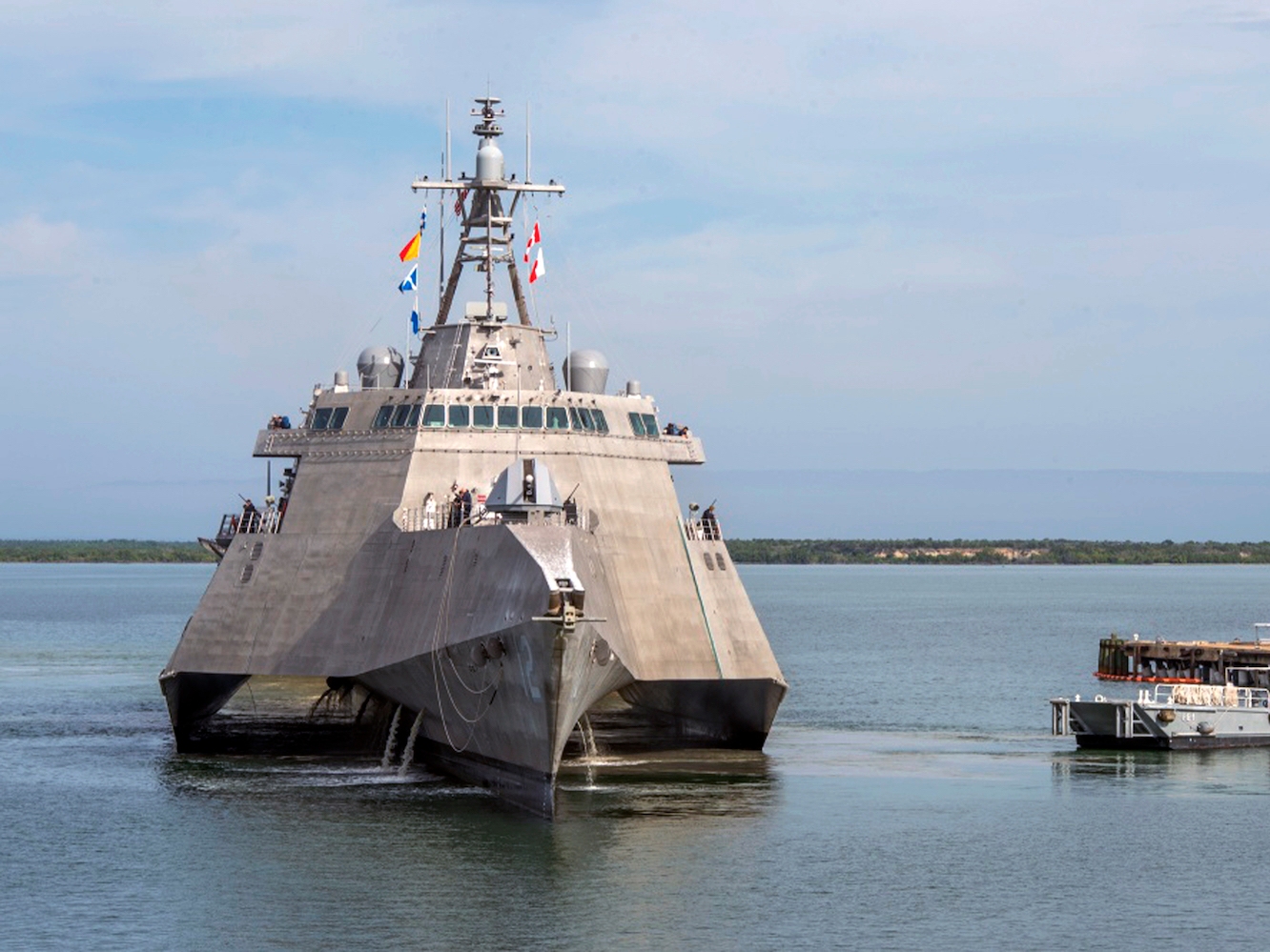
Recently, a comprehensive study on 28 naval wars indicated a consistent trend: larger fleets equipped with professional competence tend to secure victory.
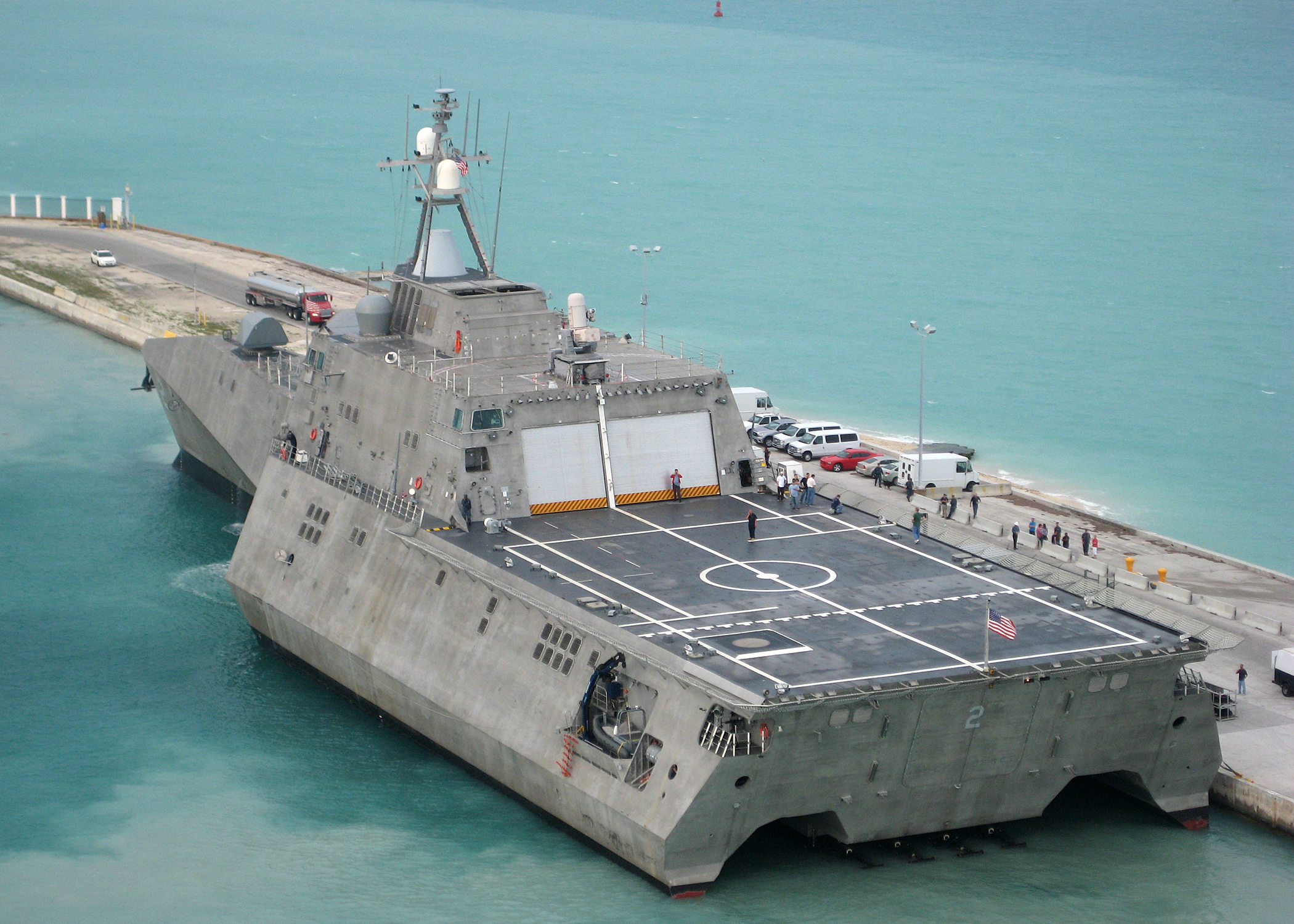
Historically, only a trifecta of smaller fleets with superior technology managed to emerge victorious over larger opponents.

These anomalies included Byzantine forces against various adversaries using “Greek fire,” the Portuguese in the Indian Ocean against regional powers.
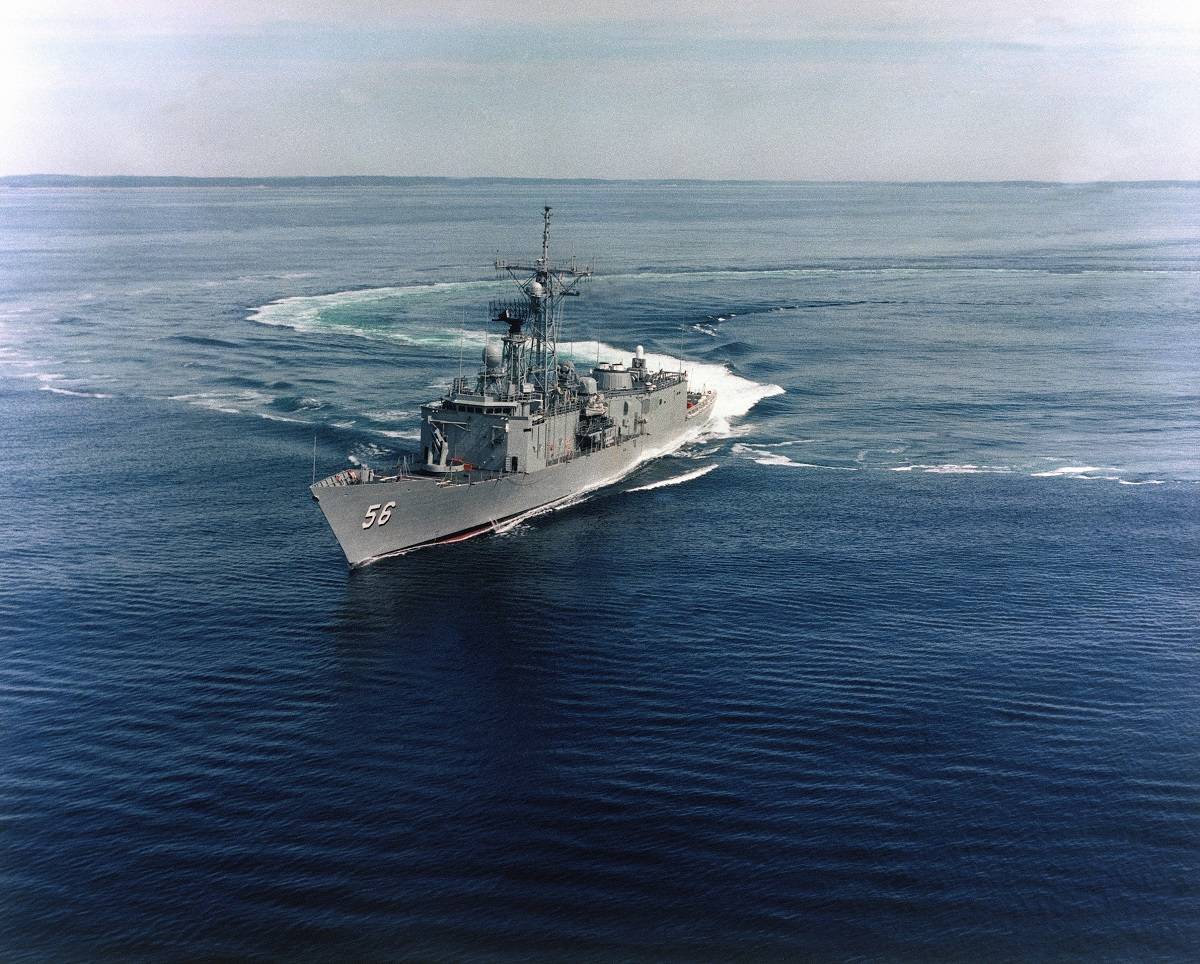
Nevertheless, these are exceptions rather than the rule, suggesting that in a conflict of technological near-peers, quantity can indeed be a determining quality.
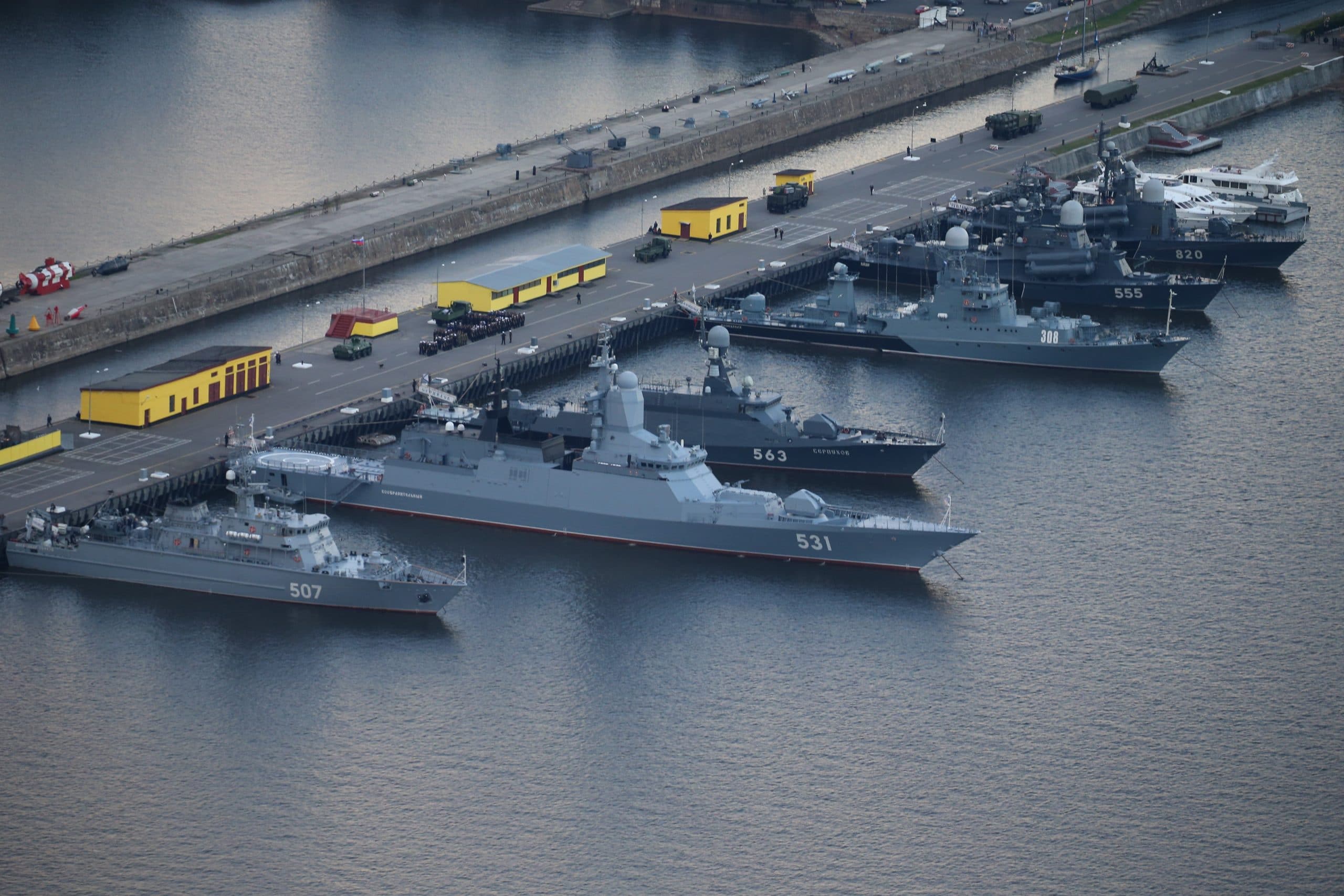
The notion of “mass” – the numerical strength of a naval force – has often been aligned with success.

It correlates with combat effectiveness, echoing Captain Wayne Hughes’ principle of “attacking effectively first.” A larger fleet not only sustains its offensive capability after an initial salvo but can also absorb losses, maintain a robust defense through saturation attacks, and, importantly, replace its losses.
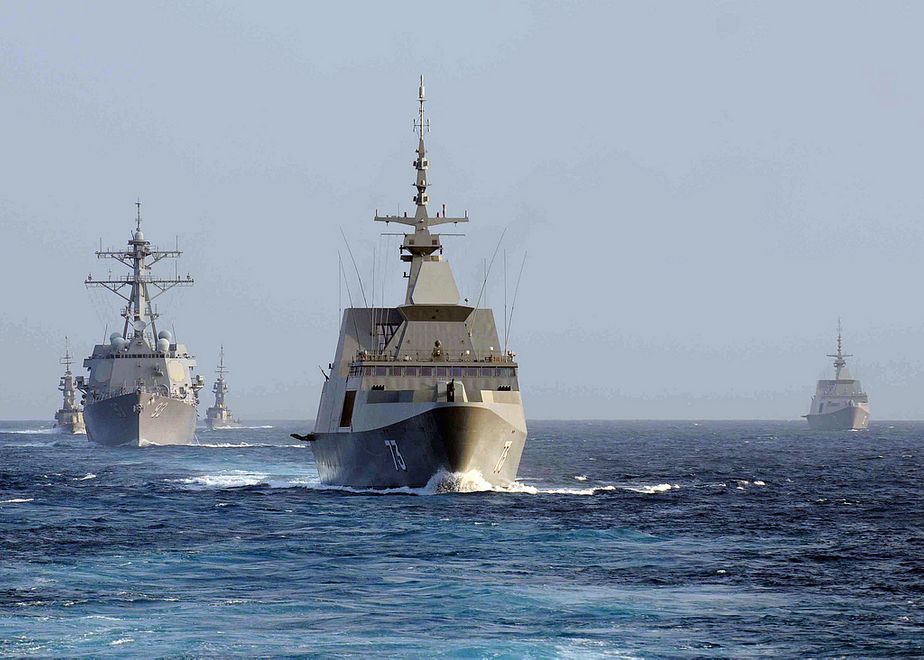
A naval engagement ultimately aims for attrition, and here, mass plays an indispensable role.

Contrary to some modern naval theories, the mass of a fleet cannot be ignored. Contemporary discourse suggesting that smaller, technologically advanced fleets can triumph over larger ones lacks historical precedent and practical validation.
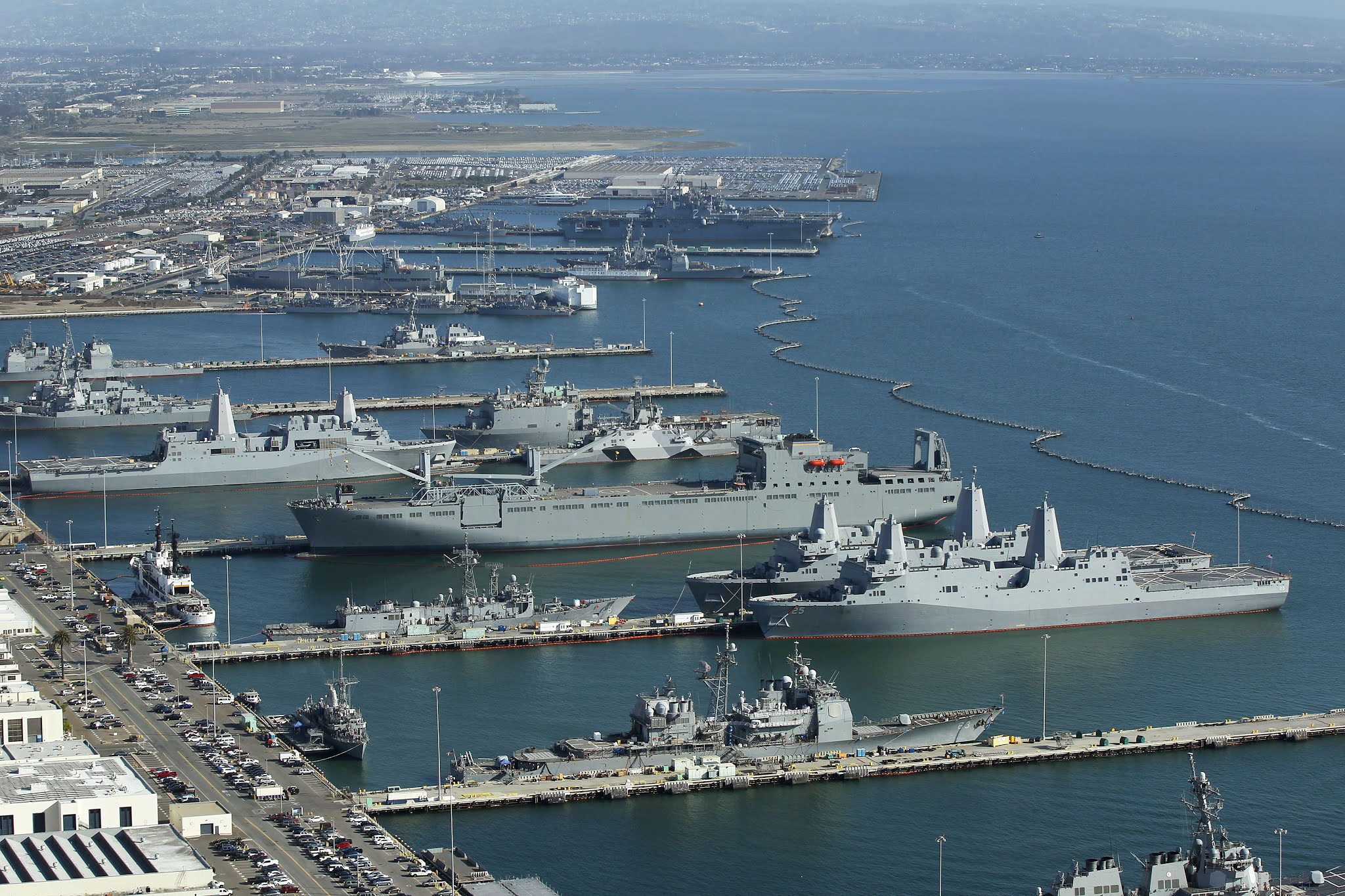
The ongoing war in Ukraine illustrates that even advanced technology does not guarantee victory over a significantly larger force. As a result, the risk inherent in assuming numerical inferiority can be overcome by superior technology merits public acknowledgment.
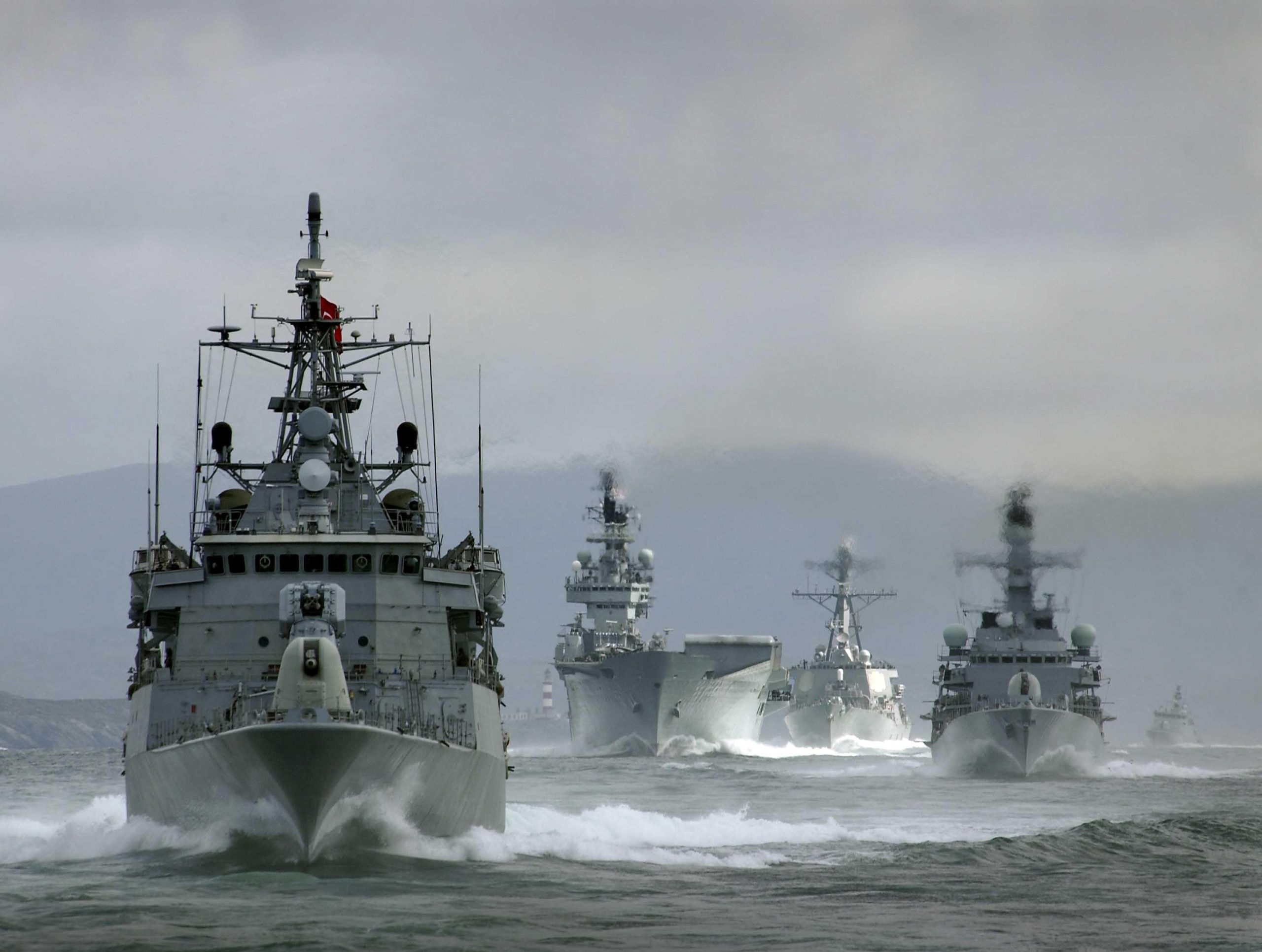
As the U.S. contemplates its naval future, the balance between fleet size, technology, and training will be crucial.
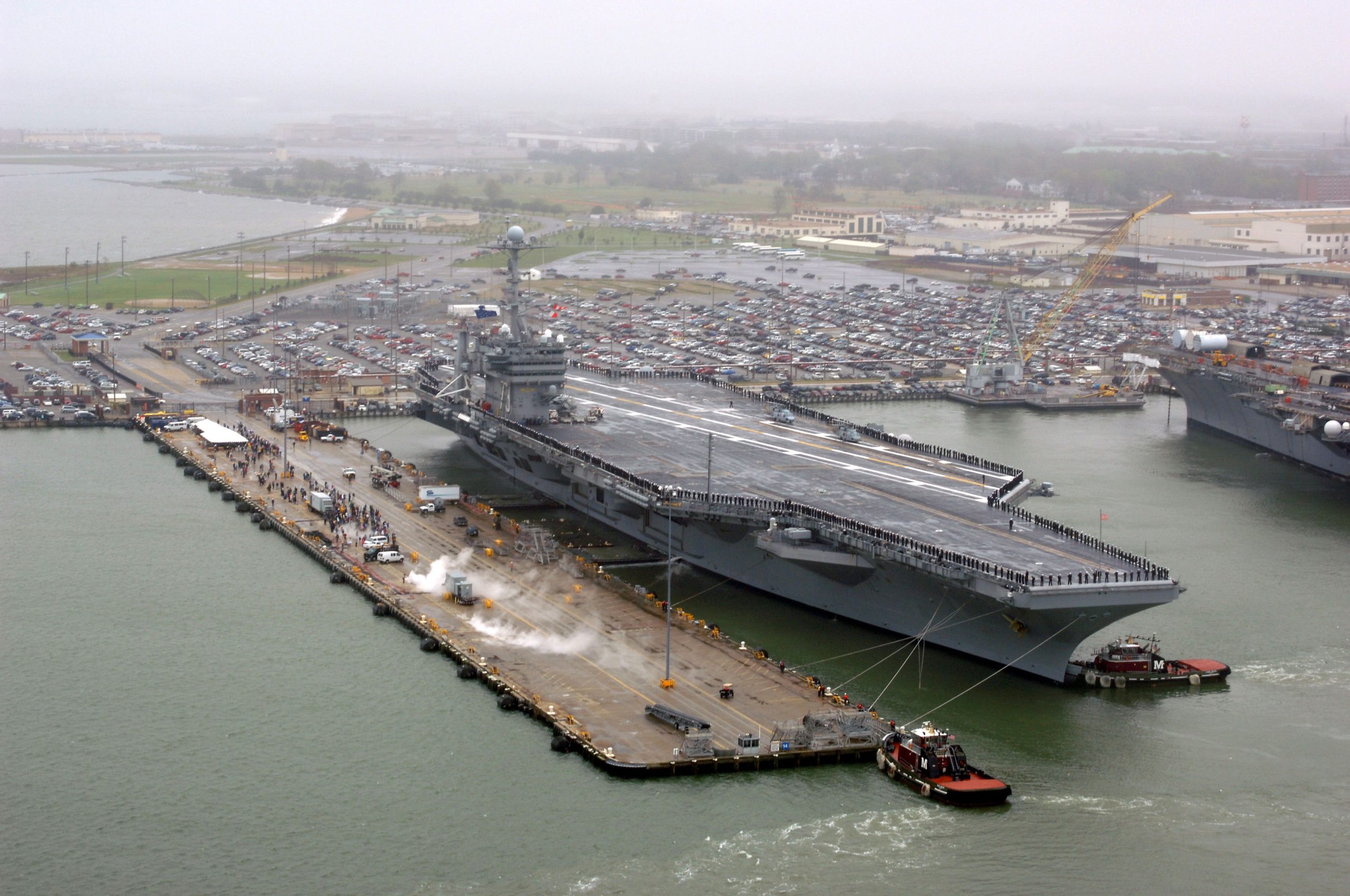
A choice to maintain a smaller, technologically superior fleet embodies significant risk and assumes a great deal about the performance of advanced weaponry.

Naval strategies should therefore be rooted in a thorough understanding of history, a sober appreciation of technology’s limitations, and a pragmatic approach to the principles that have governed naval warfare for centuries.
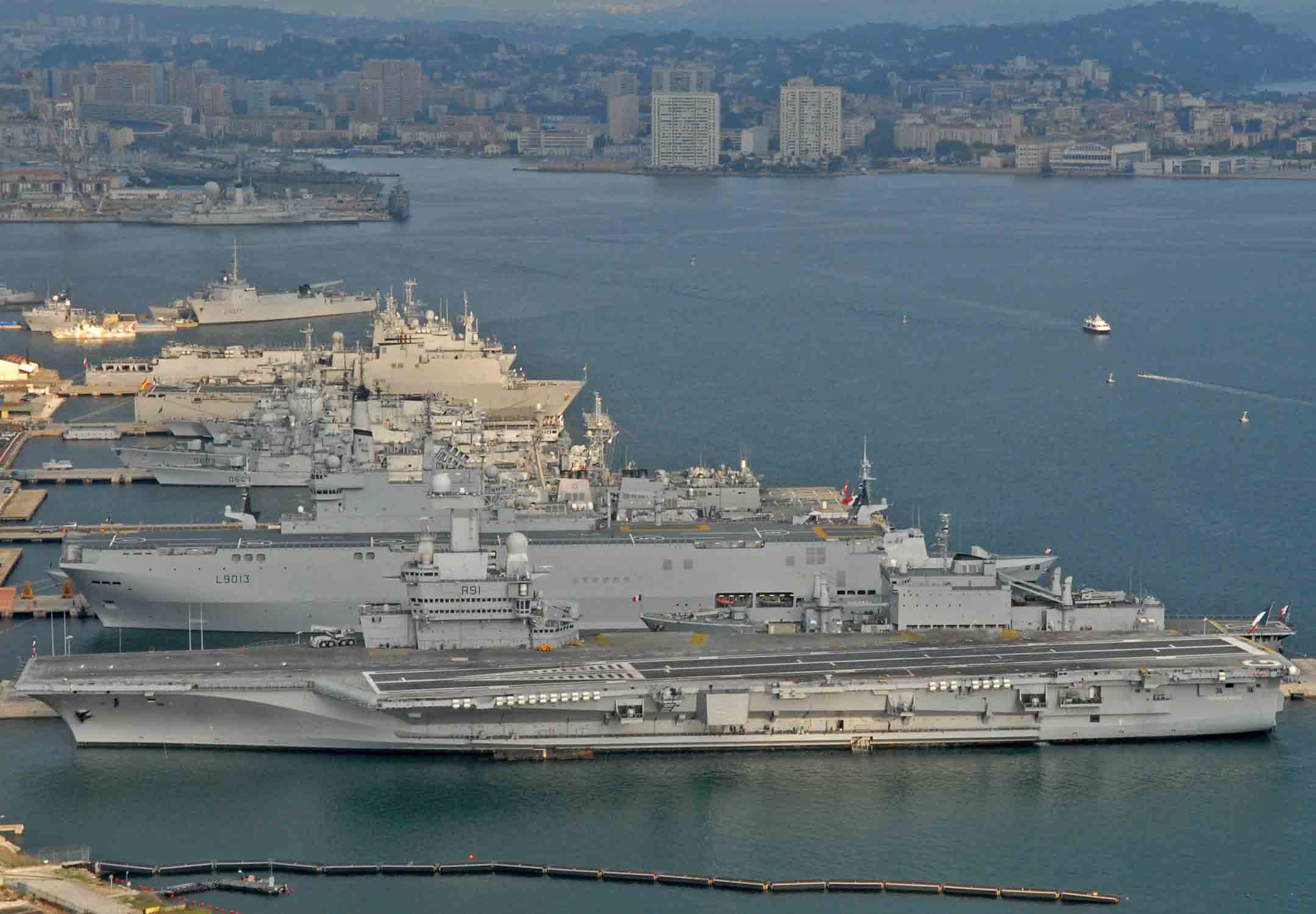
Ultimately, the historical narrative imparts caution against undervaluing the mass of a fleet in favor of technology.
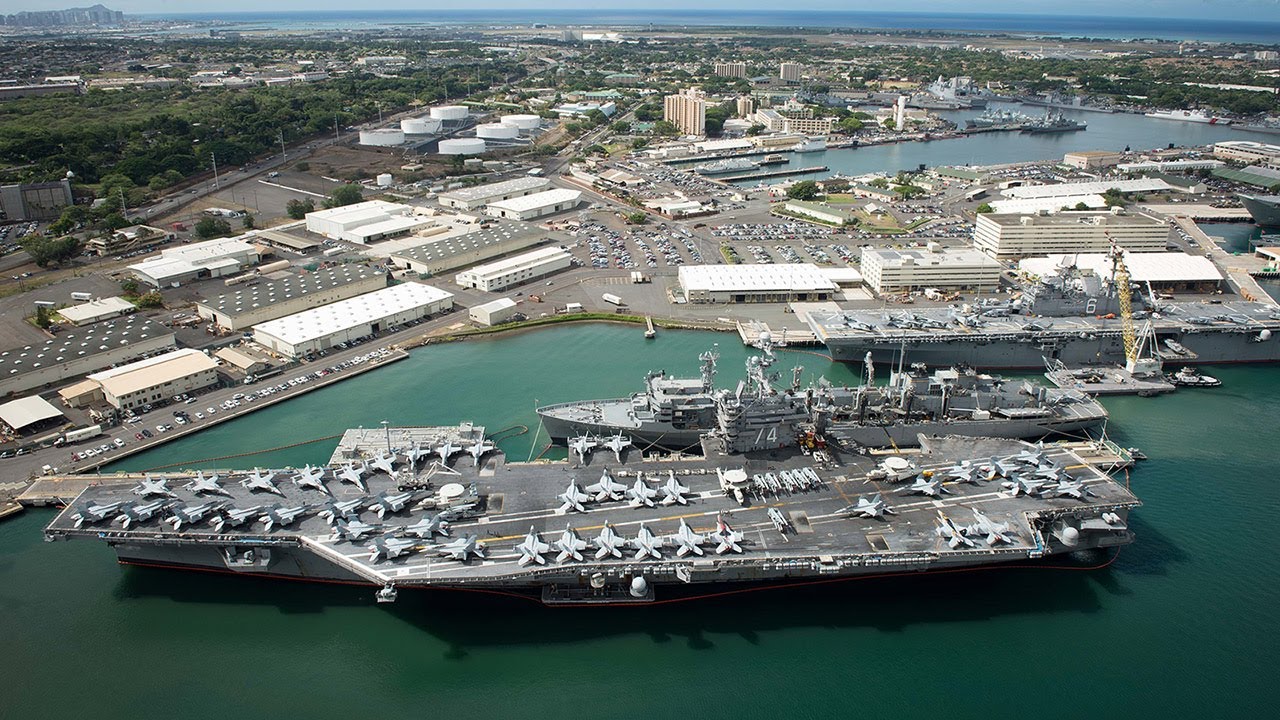
A smaller fleet may possess technological marvels, but as the adage derived from Napoleonic wars indicates, “God is on the side of the big battalions.” In the vast expanses of the sea, where the inevitability of attrition warfare looms, the balance of numbers, technology, and human competence will shape the outcome of tomorrow’s naval battles.
Relevant articles:
– Bigger Fleets Win, U.S. Naval Institute
– Some Reflections On The Three Factors Of Battleship Design, U.S. Naval Institute
